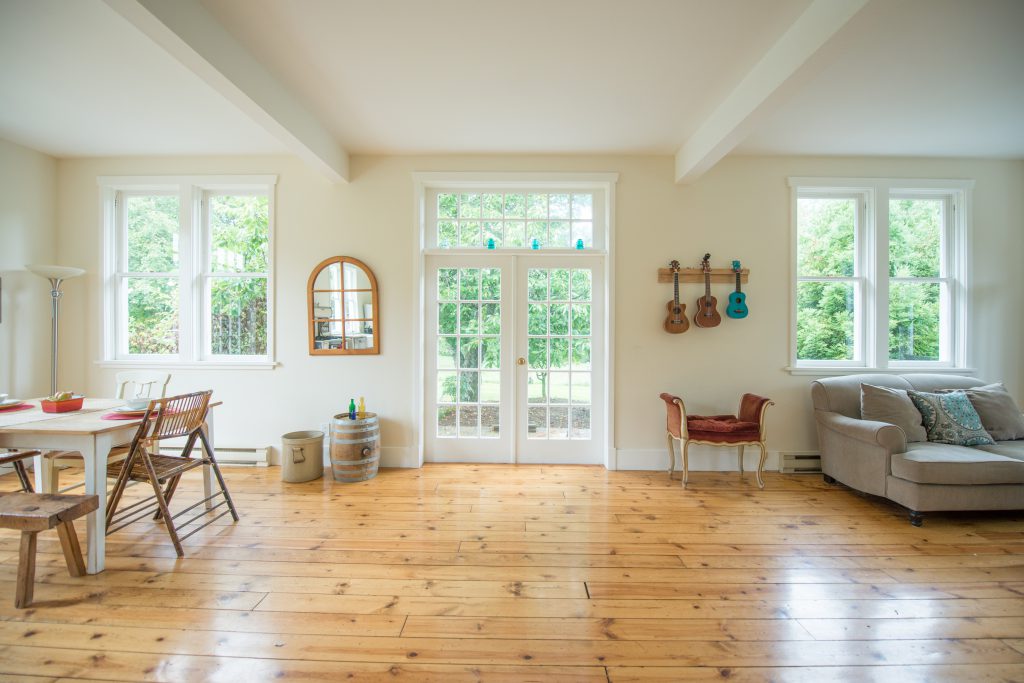
Salt Spring Island
Beginning of the Fall Market
So…we begin the Fall Market…here it is, the beginning of September. The calendar says summer goes on till the 20th, but most of us see Labour Day Weekend as the “end”.
Sales volume in the Spring/early Summer market has gone up markedly on Salt Spring Island, in residential properties below $750,000. Over that price point, it remains softer.
In that entry-level residential segment, though, it could be described as sellers market conditions.
What does a seller’s market mean? Limited inventory plus strong buyer demand creates a seller’s market. Price escalation occurs with lack of product.
In a Gulf Island region, there is always a limited inventory
In a Gulf Island region, there is always a limited inventory. The Islands Trust, a provincial government body created in 1974, with the mandate to “preserve and protect” the environmental beauties of the Gulf Islands, for the benefit of all B.C. residents, also effectively “capped” growth.

On Salt Spring Island
Growth in the Gulf Islands is controlled by strict zoning/density bylaws. On Salt Spring, commercial zoning is focused in both upper and seaside Ganges Villages, and they can’t expand beyond their boundaries. The small commercially zoned options at Vesuvius, Fulford, and Fernwood cannot expand. Home occupations are encouraged, but there are rules around these usages, too.
As soon as growth is limited, values do appreciate over time. Between 2002 and 2005, prices escalated by around 60% on Salt Spring. Then a pause developed in 2006 and 2007. Late 2008 delivered the global economic downturn, and secondary home/recreational areas (globally) saw a sharp fall-off in activity. Between early 2009 and early 2015, prices locally had reduced by around 45%.
Buyers who acted between 2013 (the “worst” year?) and late 2015, have benefitted by that dramatic levelling off of prices, in the secondary home markets. It’s difficult for people to act before clear signals of a market shift are in place…those who do act seem to have that “wolf’s sniff the wind” directional arrow.
Important always, though, to be looking down the highway and not in the rear view mirror…opportunity is ahead.
By late 2015, one could see an improving trend coming into play in the secondary home markets. The Sunshine Coast and the Okanagan saw renewed activity in the Fall of 2015. Early Spring brought action to Victoria and to some Vancouver Island communities. Mid-Spring delivered activity to the Gulf Islands. Salt Spring (perhaps because of its year-round lifestyle opportunities) usually shows market improvement first, among the Gulf Islands choices.
The interesting thing is the change in the buyer profile for Salt Spring and the Gulf Islands: almost 100% from Vancouver.
Traditionally, a Gulf Island buyer has come from Alberta (perhaps 20% of coastal buyers?) or from the U.S. (perhaps 30% of coastal purchasers?). This time, it’s buyers from Vancouver, who have sold during the extremely “hot” market there. They are seeking new areas to reside…not just recreational/seasonal buyers, thus.
These previously Vancouver based buyers will live here year round, and that has all sorts of good outcomes for the day to day business life on the Island. Shop Local becomes a viable item when there is a year round resident, and not just a seasonal impact.
Within the past 11 weeks, sales volume dramatically rose (perhaps tripled?) in the entry-level residential segment. On Salt Spring, that would be between 300,000 and 750,000. Low inventory with high buyer demand leads to price escalation. Couple that with an area with a no-growth policy (Islands Trust) and you can see that we may be returning to that 2002 to 2005 model.
Opportunity continues to exist in upper tier priced residential, in undeveloped lots and acreages, in recreational cottages/cabins, and in commercial options. These market segments have not yet seen the quick sales of the entry level priced residential properties. As these property categories start to sell (and they are slowly becoming more and more active), and inventory begins to thin out, price points will also stabilize/rise.
The sales stats to date break out as follows.
January 1 to August 28 “solds to date”:
- 26 sales between 1 and 200,000.
- 29 sales between 2 and 300,000.
- 47 sales between 3 and 400,000.
- 45 sales between 4 and 500,000.
- 44 sales between 5 and 600,000.
- 26 sales between 6 and 700,000.
- 10 sales between 7 and 800,000.
- 9 sales between 8 and 900,000
- 5 sales. between 9 and 1 million.
- 16 sales between 1 and 2 million.
- 3 sales between 2 and 3 million.
- 2 sales between 3 and 4 million.
There is always opportunity in any market trend. Creativity wins the day in a discretionary region. A buyer’s market means lots of inventory and few buyers. A seller’s market means little inventory and lots of buyers seeking.









